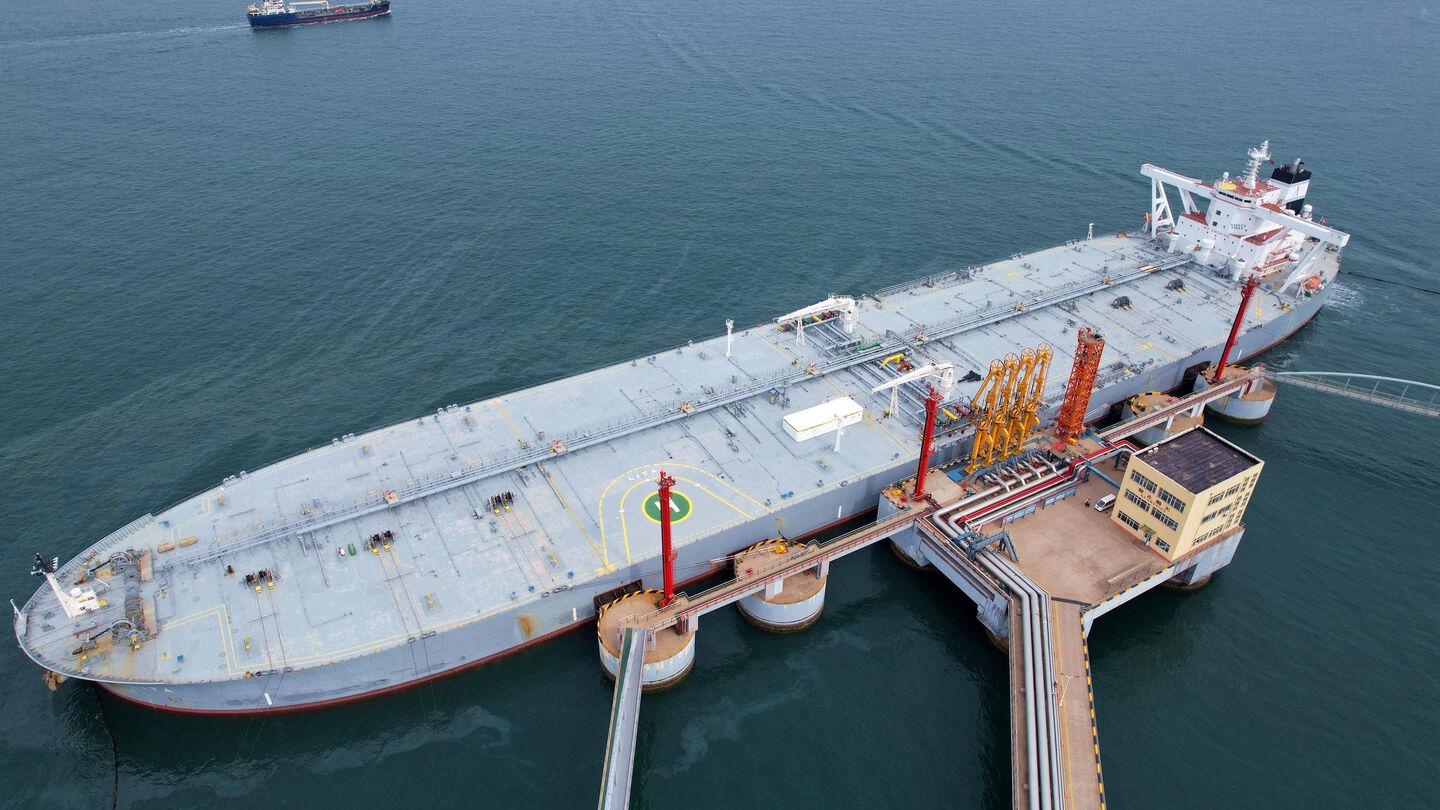
US sanctions on Iran’s ‘shadow’ oil fleet target brokers in UAE, China
In an effort to further squeeze the Iranian economy, on Monday the Trump administration imposed new sanctions on vessels, shippers and brokers it said were supporting Iran’s petroleum and petrochemical industry.
The administration designated more than 30 individuals and vessels for their alleged involvement in loading and transporting Iranian oil for sale to buyers in Asia. They include oil brokers in the United Arab Emirates and Hong Kong and tanker operators and managers in India and China as well as the heads of Iran’s National Iranian Oil Company and the Iranian Oil Terminals Company.
State Department spokesperson Tammy Bruce said the designated entities had collectively shipped tens of millions of barrels of crude oil worth hundreds of millions of dollars.
Iran has been exporting more oil to China even as President Donald Trump reinstated its “maximum pressure” strategy. Citing preliminary data from intelligence firm Kpler Ltd., Bloomberg reported Tuesday that oil transfers from Iran to China are expected to rise to 1.74 million barrels per day in February, the highest level since October.
The sanctions follow Trump’s Feb. 4 signing of an executive order to increase economic pressure on the Islamic Republic and “drive Iran’s export of oil to zero.” Monday’s action is the second round of sanctions on Iran since Trump took office last month.
In a Truth Social post on Feb. 5, Trump said he preferred a “verified nuclear peace agreement” to military confrontation with Iran. The Trump administration would likely also seek to limit Iran’s support for militant groups like Hamas and Hezbollah as part of any diplomatic deal.
The United States and Iran “should start working on it immediately, and have a big Middle East Celebration when it is signed and completed,” Trump said.
But it’s not clear whether the return of so-called maximum pressure will succeed in bringing Iran back to the negotiating table, a tactic Trump tried in his first administration.
He withdrew the United States in 2018 from the deal reached under former President Barack Obama that placed limits on Iran’s nuclear activity in return for sanctions relief. After dismantling what he called “the worst deal in history,” Trump imposed a slew of economic sanctions that saw foreign investment to Iran dry up and Iranian oil exports plummet.
Iran responded by expanding its stockpile of highly enriched uranium to near weapons-grade levels. Experts say Iran’s nuclear program is now too advanced to restore the 12-month “breakout time” of the original 2015 deal.
“Maximum pressure is a failed experiment and trying it again will lead to another failure,” Iranian Foreign Minister Abbas Araghchi told reporters on Feb. 5. “If the main issue is that Iran does not pursue nuclear weapons, this is achievable.”
Iran insists its nuclear program is for peaceful purposes only.
Monday’s sanctions follow reporting from the Washington Post on US intelligence assessments from early January that indicated Israel was likely to strike Iran’s Fordow and Natanz nuclear sites in the first half of 2025. Al-Monitor cited a senior diplomatic source in Israel as saying that Trump and Israeli Prime Minister Benjamin Netanyahu reached a “full understanding” on the issue during their Oval Office meeting this month.
In the same Truth Social post on Feb. 5, Trump said reports the United States would coordinate with Israel “blow Iran to smithereens, ARE GREATLY EXAGGERATED.”
Source » al-monitor





